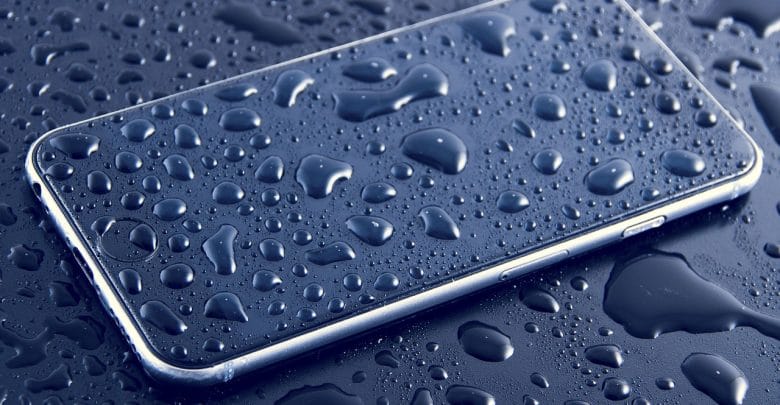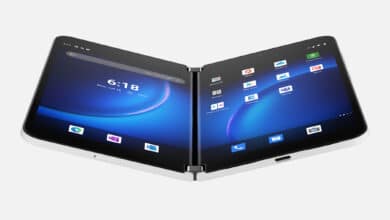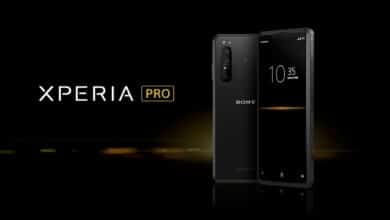
IP protection classes are probably not a particularly exciting topic for most people. Nevertheless, sometimes it makes sense to deal with the seemingly confusing combination of letters and numbers. When buying equipment that is to be used outdoors, it would even be foolish to do without it.
But the mere decision to take a look at the protection class usually does not help. Who knows what IP6X means? Or IP23? With this little guidebook we want to shed some light into the darkness and make the cryptic codes understandable.
What does the IP protection class tell you about?
As the designation already indicates, the IP protection class provides information about the protection offered by a technical device. “IP” also stands for “International Protection” – the protection numbers are used internationally and are therefore comparable worldwide. Strictly speaking, the term “protection class” is not the correct term – officially it is “IP protection class”.
This type of protection indicates the extent to which the device is protected against environmental influences – dust, water, dirt, etc. -.
The Numbering Scheme
The scheme is basically simple: IPXX. “IP” is always at the forefront. “In this case, “X” stands for a space that is filled in. In exceptional cases, an additional post may be added. The first digit indicates the protection against foreign objects and contact, while the second digit indicates the protection against water.
Now, before further consideration, it must be clarified what protection against foreign bodies and contact should mean in this case. The answer is simple: the foreign object protection indicates how well the device is protected against the ingress of foreign objects – dust, dirt, wood splinters, chip crumbs, etc. – while the touch protection indicates how well the electrical parts of the device are shielded. Now the further question arises as to why these two types of protection are combined in a single figure. As a rule, this summary makes sense: a dust-tight device, for example, will also have a very good shielding of electrical components – otherwise it would not be dust-tight after all. In a few cases, however, the protection against accidental contact is better than the protection against foreign objects. In this case, the second digit is followed by a letter explicitly referring to the protection against accidental contact.
What number stands for what?
The last question: Which number stands for what? The following tables are intended to provide answers.
| number | Foreign body protection | Touch protection |
|---|---|---|
| 0 | Not protected | Not protected |
| 1 | Protection against the penetration of solid foreign bodies with a diameter of 50 millimeters and more | back of hand safe |
| 2 | Protection against the penetration of solid foreign bodies with a diameter of 12 millimeters and more | finger safe |
| 3 | Protection against the penetration of solid foreign bodies with a diameter of 2.5 mm and more | Contact only possible with tools with a diameter of 2.5 and more millimeters |
| 4 | Protection against the penetration of solid foreign bodies with a diameter of one millimetre or more | Contact only with tools with a diameter of one and more millimetres possible |
| 5 | dust protected | Complete protection against accidental contact |
| 6 | dust-tight | Complete protection against accidental contact |
In addition there are the following special letters:
| Special letter | Touch protection |
|---|---|
| A | back of hand safe |
| B | finger safe |
| C | Contact only possible with tools with a diameter of 2.5 and more millimeters |
| D | Contact only with tools with a diameter of one and more millimetres possible |
The special letters are only attached to the IP combination if the contact contactor is higher than the foreign object protection. Otherwise, they will be omitted.
| number | Water protection |
|---|---|
| 0 | No protection |
| 1 | Protection against vertical dripping water |
| 2 | Protection against water dripping at an angle of 15 degrees |
| 3 | Protection against spray water with inclination angles up to 60 degrees |
| 4 | Protection against splashing water |
| 5 | Protection against water jets |
| 6 | Protection against strong jets of water |
| 7 | Protection against temporary submersion |
| 8 | Protection against prolonged submersion (requires maximum diving depth in meters) |
| 9K | Protection against intensive water jets (e.g. high pressure cleaners) |
Common combinations such as IP58 are therefore easy to explain. There remain combinations such as IP5X or IPX8. For these combinations, the protection class marked with an X is irrelevant and is therefore not specified.



